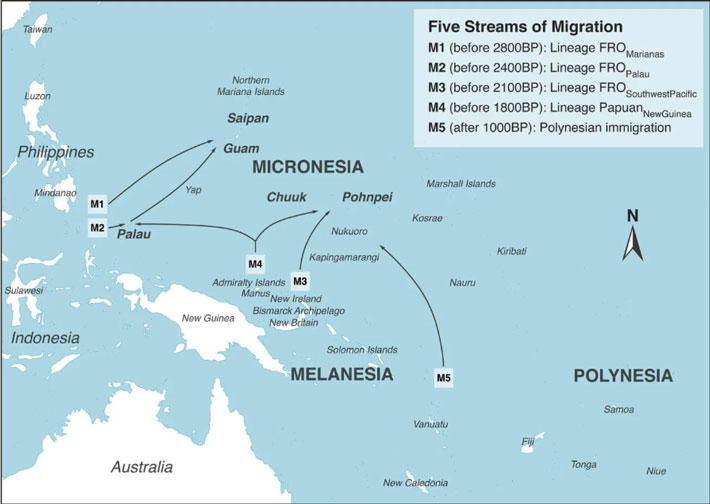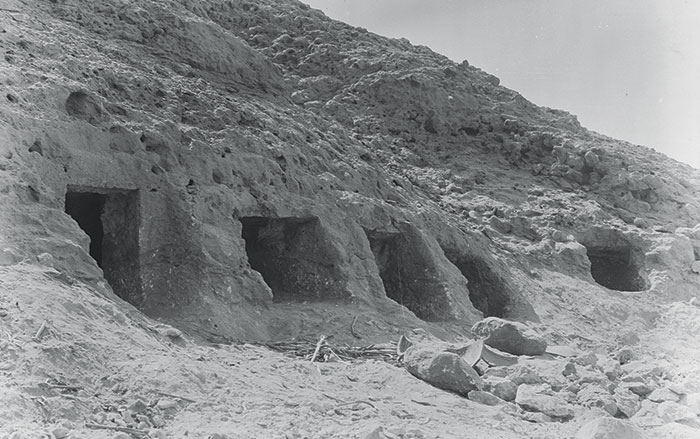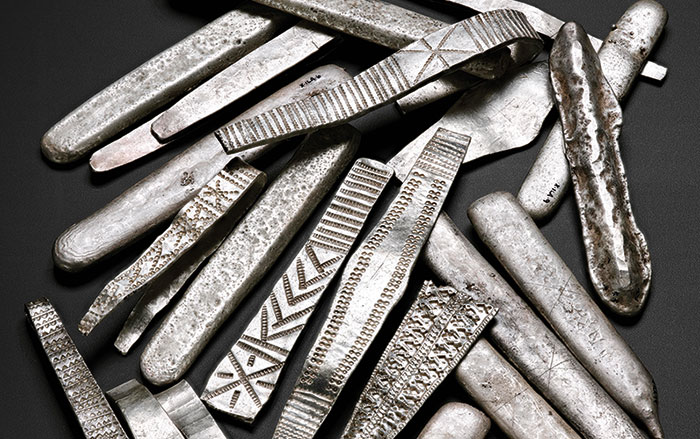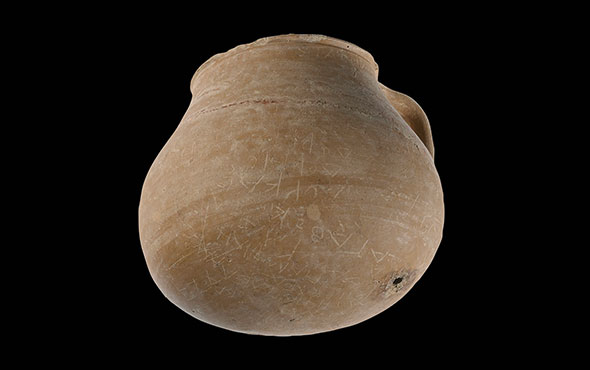
CAMBRIDGE, MASSACHUSETTS—According to a statement released by Harvard University, a new study of the genomes of 164 people who lived between 2,800 and 300 years ago, and 112 modern individuals, has identified five migrations across open water in long-distance canoes to Remote Oceania between 2,500 and 3,500 years ago. Three of these migrations to Micronesia and other remote Pacific islands came from East Asia, one came from Polynesia, and the last came from the northern edge of mainland New Guinea. The study, conducted by geneticists David Reich and Yue-Chen Liu of Harvard University, Ron Pinhasi of the University of Vienna, and independent researcher Rosalind Hunter-Anderson, also determined that mitochondrial DNA sequences obtained from remains unearthed in Guam, Tonga, and Vanuatu were almost completely different, even though they shared some of the rest of their DNA. This suggests that the early seafarers lived in matrilocal systems, in which women remained in their communities after marriage, since mitochondrial DNA is inherited only through the maternal line. This pattern of leaving the community must have been nearly unique to males in order to explain why genetic differentiation is so much higher in mitochondrial DNA than in the rest of the genome, Reich explained. Read the original scholarly article about this research in Science. To read about plants that the Lapita Culture brought to Oceania, go to "Around the World: Vanuatu."











